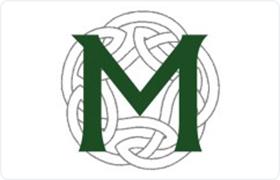Sula Bankruptcy Lawyer, Montana, page 3
Sponsored Law Firm
-
 x
x

Click For More Info:
-
Morgan Law Offices
210 E Pine St., Suite 200 Missoula, MT 59802» view mapBankruptcy & Debt Dedicated. Knowledgeable. Compassionate.
We are dedicated to providing individualized attention to your case. We are thorough and efficient as we help you meet your financial goals.
800-937-8821
Includes: Bankruptcy Litigation, Commercial Bankruptcy, Consumer Bankruptcy, Dissolution
Not enough matches for Sula Bankruptcy lawyer.
Below are all Sula lawyers.
Quintin Karill Apedaile
Motor Vehicle, State and Local, Divorce & Family Law, DUI-DWI
Status: In Good Standing Licensed: 21 Years
 Daniel S. Morgan Missoula, MT
Daniel S. Morgan Missoula, MT Practice AreasExpertise
Practice AreasExpertise
